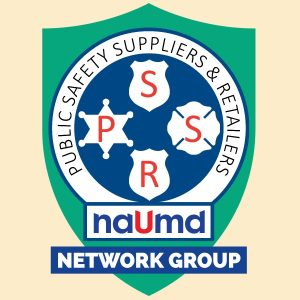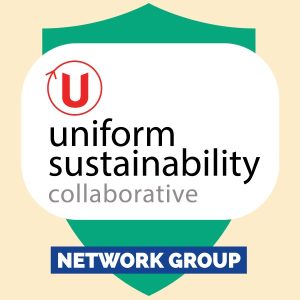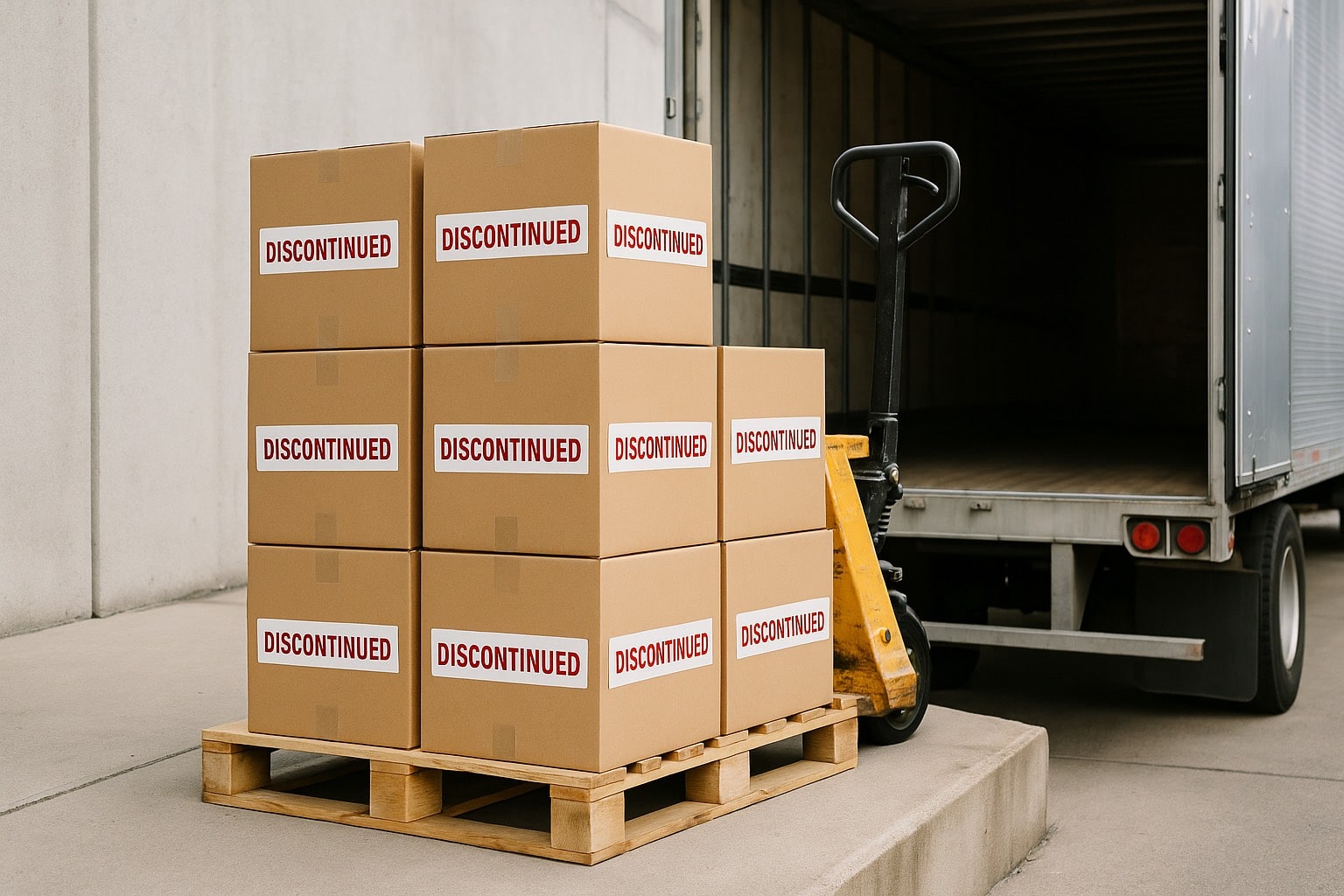Every product has a story, and in apparel, that story eventually ends. The end-of-life (EOL) stage marks the last chapter of the product lifecycle, where a once-relevant garment has reached the point where it no longer makes sense to produce, stock, or promote. While it may sound somber, this stage is not just about endings; it is also about smart transitions, inventory management, and setting the stage for what comes next.
Before an item reaches EOL, it usually passes through the decline stage. Demand slows, replenishment orders shrink, and the product begins losing shelf space to newer introductions.
For uniforms, this can be triggered by:
- Program Changes: A major client updates their brand identity, changing colors or logos.
- Fabric Obsolescence: A fabric is discontinued by mills, or newer sustainable options make the old choice outdated.
- Functionality Gaps: Wearers demand more stretch, moisture control, or lighter weights, leaving older garments behind.
- Cost Pressures: Rising raw material or production costs make it impossible to sustain margins.
These signals are critical for product managers and planners to recognize early, so EOL strategies can be executed with control rather than panic.
Managing apparel at EOL is all about minimizing disruption while protecting profitability. Unlike fashion apparel, where trends dictate obsolescence quickly, uniform programs often have longer lifespans. A chef coat or industrial work pants may stay in the line for years, until it no longer serves customers or business needs.
When it is time, companies must:
- Communicate Clearly: Inform sales teams and key accounts that the item is being phased out, giving them time to adjust.
- Offer Alternatives: Position replacement products, whether updated fabrications, refreshed silhouettes, or new colors, as successors.
- Plan Inventory Carefully: Excess stock can eat into margins, while stockouts can upset long-term customers. Balancing is crucial.
- Support Transition Programs: For rental accounts, provide a structured plan to gradually replace garments so employees do not end up wearing mismatched uniforms.
Perhaps the trickiest part of the EOL stage is what to do with leftover inventory. Uniforms are not like trend-driven fashion, outdated stock can still have utility, but only within the right channel.
Options include:
- Discount or Outlet Channels: Sell to smaller distributors who serve price-sensitive customers.
- Special Promotions: Position clearance as a value-add for clients who are not impacted by program changes.
- Recycling or Donation: Repurpose garments through textile recycling or donate to nonprofits for workforce programs.
- Controlled Deletion: For branded items (logos, insignia), ensure disposal is secure to prevent misuse.
The best companies treat disposition as part of the lifecycle strategy, not an afterthought.
Managed poorly, the end of life can damage customer trust, tie up working capital, and create warehouse headaches. Handled well, it is a bridge to renewal. By planning EOL with as much care as the introduction stage, companies protect their brand reputation and keep customers loyal.
In the uniform industry, this stage is also an opportunity to tell a new story: replacing older garments with innovative, sustainable, or more functional products. Think of it less as the end of the road, and more as a chapter break in a longer book of product evolution.
The apparel product lifecycle does not stop at introduction, growth, or maturity. The end-of-life stage is just as critical, requiring coordination across merchandising, planning, logistics, and sales. For uniform programs, it is about ensuring a graceful exit while setting up the runway for the next generation of products.
Because in the end, every garment retires but the cycle of innovation, performance, and service continues on.




















